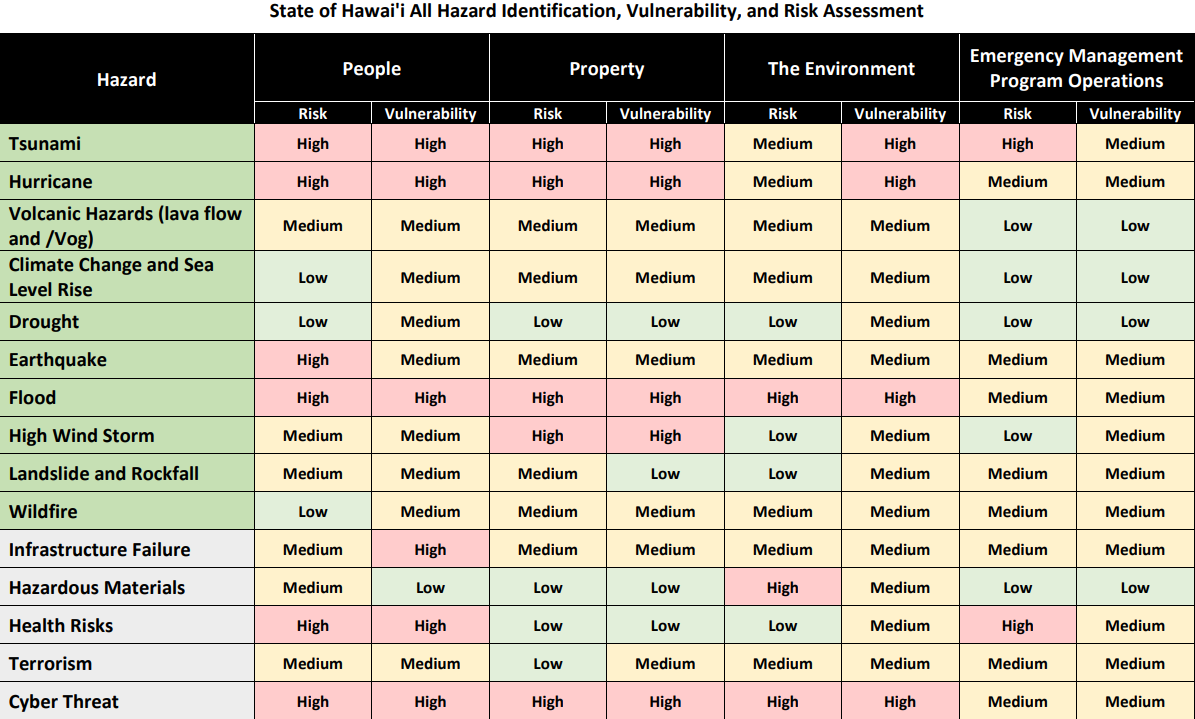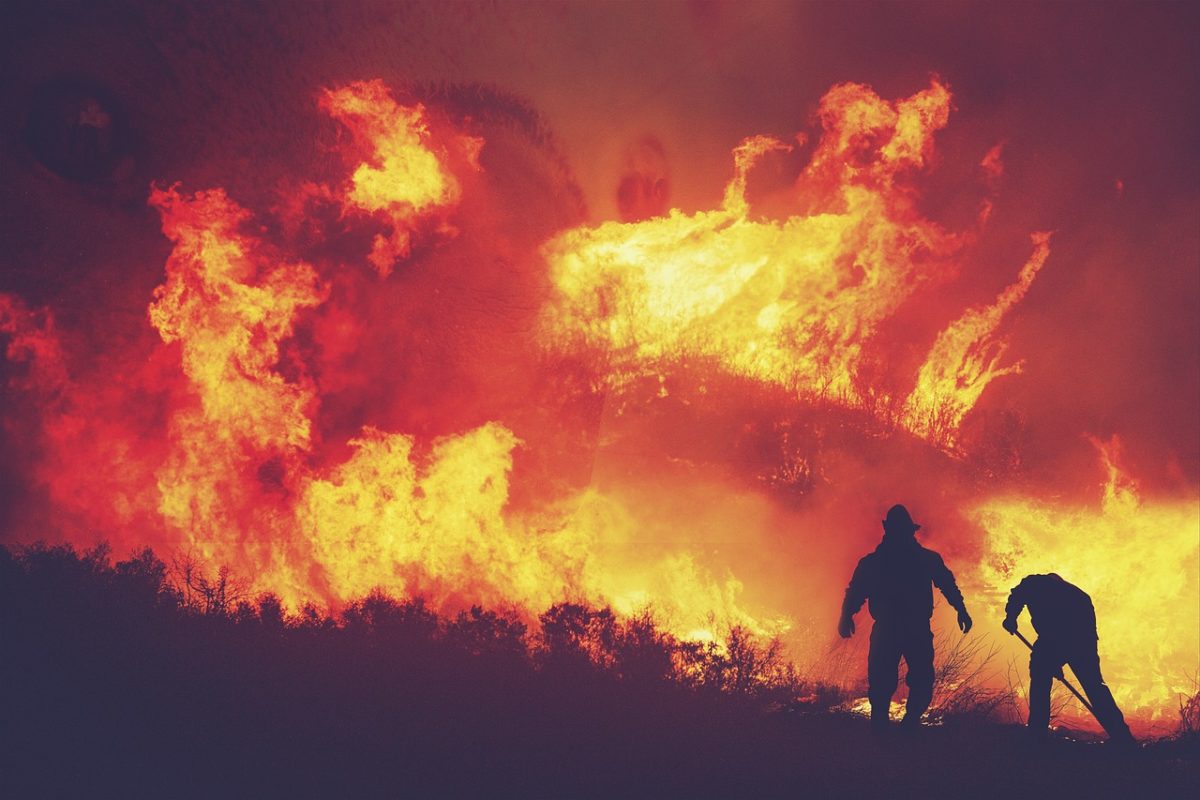Over the past summer, our planet broke its average global temperature record not just once, but four consecutive times. On July 6th, the average global temperature reached a staggering 62.74 Fahrenheit (17.08°C). Scientists warn that these constant increases in temperature are in direct correlation to the consequences of climate change. These scorching temperatures have fueled various natural disasters over the years, from the droughts in Australia to the wildfires devouring millions of acres of Canadian forestland. Many of these events are currently compounding together into worse disasters in the future. “If you add together a whole bunch of influences, that’s how you get a disaster,” said Jeff Masters, a meteorologist for Yale Climate Connections. Essentially, the duration of an ongoing natural disaster can have detrimental implications and influences on the formation of another natural disaster.
A Recipe for Disaster
Historically, Hawaii has experienced many cases of severe droughts, especially those that have developed during the El Niño, a recurring climate pattern where about 3 to 7 years, climate conditions over the Pacific Ocean basin change dramatically. During this climate pattern, strong winds blow from the east along the equator, causing ocean waters to become warm and allow rainfall to be plentiful across the western Pacific. On the other hand, it causes ocean waters and conditions over the Central Pacific to become cool and dry. This has caused many of the known droughts in Hawaii during the early 2000s and late 1990s.
Furthermore, the outbreaks of massive hurricanes can further intensify the severity of droughts. One of the key ingredients for a hurricane to occur is a high relative humidity in an area. From the surface to the mid levels of the atmosphere, dry air that is already present in a drought causes additional evaporation of water. Additionally, this dry air can create a trade wind inversion; it produces a layer of warm temperatures and dryness in the atmosphere due to the sinking and warming of mid level air. When a hurricane finally develops, the consequences would be disastrous.
A Fire Too Vast
On August 7th, 2023, the island of Maui began to experience the consequences of Hurricane Dora, a category 4 hurricane that had been traveling South of the Hawaiian islands; high winds and the island’s dry conditions allow the island to become much prone to the development of dangerous wildfires. Later in the night, a camera captures a tree falling on a power-line. “The power goes out, our generator kicks on, the camera comes back online, and then the forest is on fire,” says Jennifer Pribble, a senior research coordinator at the Conservation Center, as she narrates the footage. The following day, a small brush fire reported in Lahaina begins to engulf its surroundings. Desperate inhabitants of Lahaina faced life or death situations as the fire becomes increasingly out of control. This demonstrates the impact that neighboring natural disasters can have on others, where in this case, the winds from Hurricane Dora allowed the ignition of more fires in other areas of land. “Burning airborne materials can light fires a great distance away from the main body of fire,” said Fire Assistant Chief Jeff Giesea. By the end, thousands of acres of land have been burned down with a death toll of 93.
Undermining Wildfires
Much of the consequences that resulted from this disastrous wildfire could’ve been prevented or limited. According to the State of Hawai`i Comprehensive Emergency Management Plan – Base Plan, published in January 2023, droughts and wildfires were classified as low risk to its islands’ inhabitants. Yet, the government did not acknowledge that these factors can be influenced by other natural disasters such as a hurricane. When a hurricane strikes land, it brings along intense rainfall. As the storm proceeds and moves further inland, it can block moisture from certain regions, making those areas more prone to droughts. Not realizing the significance of hurricane aftereffects leaves Hawaii more vulnerable to these natural disasters they view as low risk.

Raising Awareness
On the surface, the risks that a drought or wildfire poses may be inconsequential compared to those posed by hurricanes and floods. However, it is crucial to recognize the growing concerns over the problem of climate change. As the global temperature continues to rise at a rapid pace, it is vital that action is taken to mitigate such risks. Developing solutions to the situations before they arise, will not only help protect the civilians of Hawaii but act as a measure to combat future disasters provoked by climate change.

